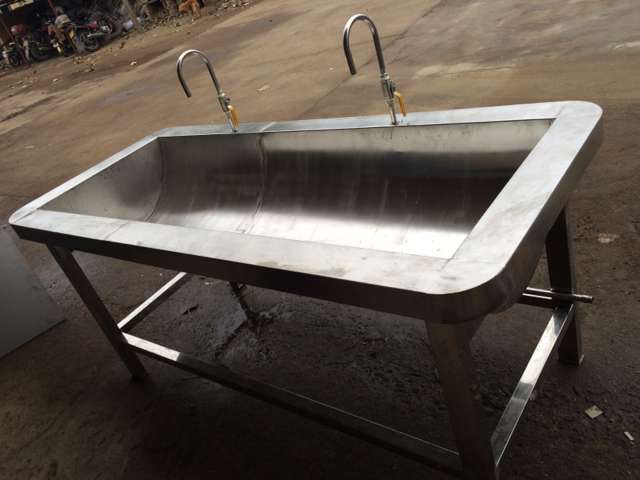Commercial Rabbit Breeding Cages - Quality and Durability for Your Rabbit Farm
Sep . 01, 2024 09:40 Back to list
Commercial Rabbit Breeding Cages - Quality and Durability for Your Rabbit Farm
Commercial Rabbit Breeding Cages Optimizing Space and Welfare
In the realm of commercial rabbit breeding, the choice of cage design and layout is paramount to ensure both the welfare of the rabbits and the efficiency of the breeding operation. Properly designed breeding cages not only maximize space but also facilitate easy management, improve the health of the animals, and enhance productivity.
One of the primary considerations in constructing commercial rabbit breeding cages is the space allotted per animal. Each rabbit requires sufficient room to move comfortably, engage in natural behaviors like hopping and grooming, and have access to food and water. Traditional cages that are too small can lead to stress, aggression, and health issues, ultimately affecting the breeding success. Therefore, a standard recommendation is to provide a minimum of 4 square feet of space for each adult rabbit, with larger areas allocated for breeding mothers and their offspring.
Ventilation and temperature control should also be integral components of any commercial rabbit breeding environment. Rabbits are sensitive to heat but also require adequate airflow to maintain healthy living conditions. Cages should be strategically designed to promote ventilation and prevent the build-up of ammonia from urine, which can cause respiratory problems. Use of materials that allow for easy cleaning and maintenance will help ensure a sanitary environment, reducing the risk of disease.
commercial rabbit breeding cages

Another critical aspect of commercial rabbit breeding cages is the layout. Multi-tiered cages can enhance space utilization by stacking units vertically, which is particularly useful in larger breeding operations. However, this vertical arrangement must still prioritize access for feeding, watering, and cleaning. It is important to design cages that allow easy observation of the rabbits, making it easier for breeders to monitor health and behavior. Incorporating solid flooring helps in preventing foot injuries, which can occur with mesh floors.
Moreover, when designing breeding cages, it is essential to consider social interactions among rabbits. While rabbits can be social animals, they can also exhibit territorial behaviors, particularly in smaller enclosures. Therefore, when housing multiple rabbits, it's advisable to provide adequate separation and only introduce compatible individuals.
Finally, understanding the needs of breeding mothers is vital. Cages should accommodate nesting boxes where does can give birth and care for their kits. These boxes should be solely allocated to pregnant rabbits, ensuring they have a safe and private space to nurture their young.
In summary, optimizing commercial rabbit breeding cages is fundamental to the overall success of a breeding operation. By prioritizing space, environmental conditions, layout, and rabbit welfare, breeders can create an efficient and humane environment that promotes healthy rabbits and sustainable breeding practices. This attention to detail helps ensure that both the animals and the business thrive in a competitive market.
-
Automatic Feeding Line System - Anping County Yize Metal Products Co., Ltd.|Pan Feeder Nipple Drinker,Broiler Farming
NewsJul.30,2025
-
Automatic Feeding Line System Pan Feeder Nipple Drinker-Anping County Yize Metal Products Co., Ltd.
NewsJul.30,2025
-
Automatic Feeding Line System-Anping County Yize Metal Products Co., Ltd.|Durable Construction&Easy Maintenance
NewsJul.30,2025
-
Automatic Feeding Line System-Anping County Yize Metal Products Co., Ltd.|Pan Feeder Nipple Drinker&Durable Poultry Farming Solution
NewsJul.30,2025
-
Automatic Feeding Line System Pan Feeder Nipple Drinker|Anping County Yize Metal Products Co., Ltd.
NewsJul.29,2025
-
Automatic Feeding Line System-Pan Feeder Nipple Drinker|Anping County Yize Metal Products Co., Ltd.
NewsJul.29,2025






